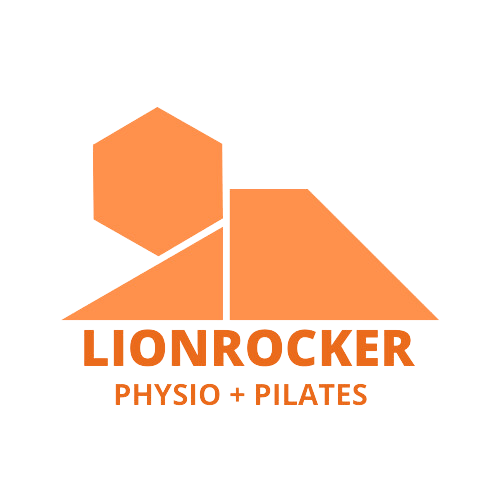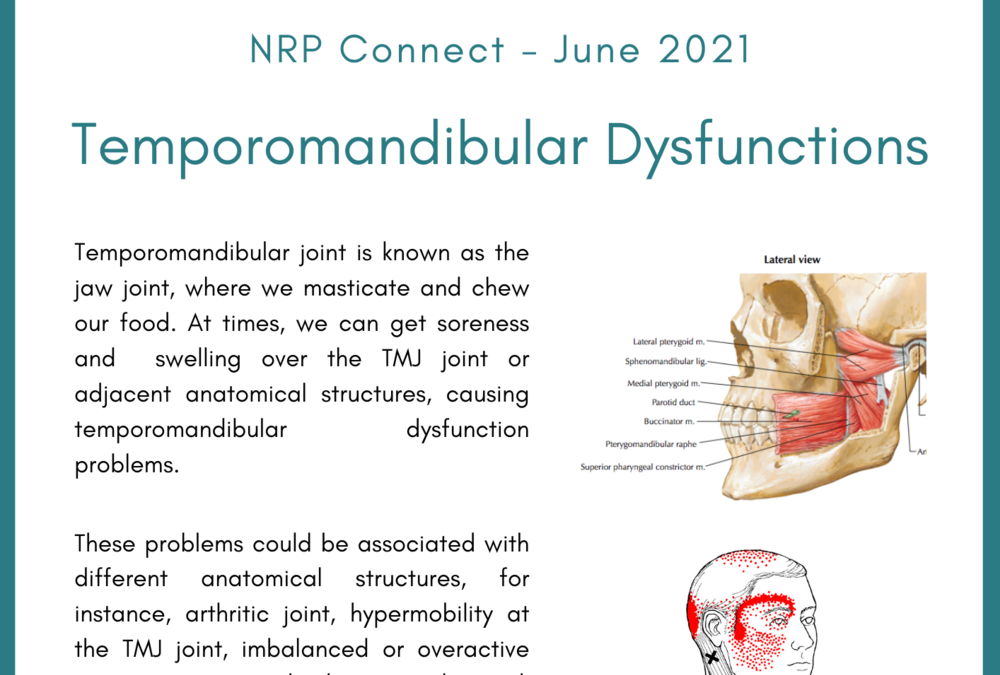PRINTABLE VERSION
Lion Rocker Connect – June 2021
Temporomandibular joint is known as the jaw joint, where we masticate and chew our food. At times, we can get soreness and swelling over the TMJ joint or adjacent anatomical structures, causing temporomandibular dysfunction problems.
The most common reasons leading to temporomandibular dysfunctions are, direct or indirect trauma (sports related trauma/ whiplash injury/ heavy chewing), muscles spasms (grinding of teeth over an extended period of time, likely due to elevated psychosocial stress level), and cervical postural disorders. (Melis M 2013).
Our clinic is able to provide thorough initial assessment for range of motions, testing any overactive muscles, any active inflamed joints, assessing cervical postural issue or upper cervical stiffness. There are recent studies (Silveira A, 2015) demonstrating that there is a close linkage between cervical postural/ stiffness in referring the symtoms to temporomandibular structure
Most common and effective treatment is dry needling of mastication muscles (pterygoid/ masseter/ temporalis). It is also found to be clinically useful to apply manual treatment to upper cervical joints or structures. Our physiotherapists can also provide direct mobilisation techniques to facilitate increase of range and symptom relief.
To maintain the gained range and release of muscle tension, our physiotherapists will tailor an appropriate home exercise program to facilitate temporomandibular and jaw movements. At times, we will provide isometric activation exercises to assist with muscle tightness release.
Breathing or relaxation techniques are also found to be very helpful in reducing frequency of grinding teeth, hence, reducing the constant pressure at temporomandibular joints.
Other than jaw joint exercises, providing neck and shoulder stretches, upper cervical exercises and deep neck muscles activation will be facilitating recovery too.

